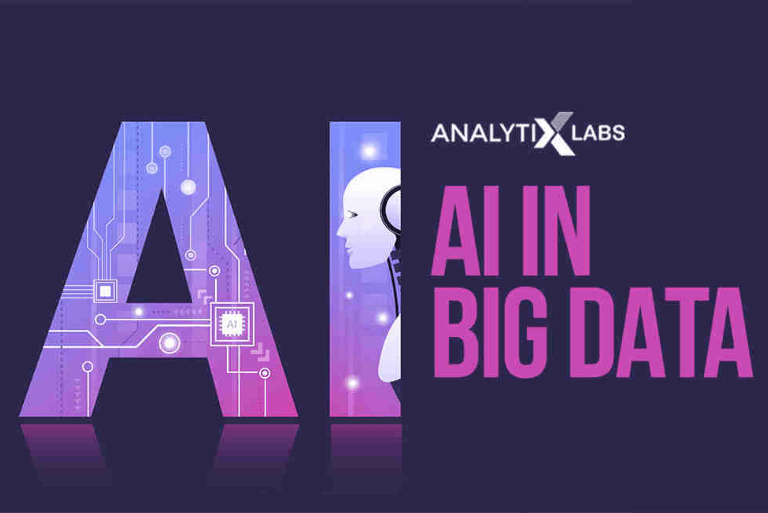
In today’s data-driven world, big data and artificial intelligence (AI) are two of the most transformative technologies. While big data provides the raw material for AI to operate, AI algorithms extract valuable insights from this vast sea of information. Together, big data and AI form a powerful synergy that is revolutionizing various industries and shaping the future of technology.
Big Data as the Fuel for AI
Big data represents the massive volume, velocity, and variety of structured and unstructured data that is generated daily from various sources, including sensors, social media, transactions, and customer interactions. This data holds immense potential for uncovering patterns, trends, and insights that would be impossible to identify through traditional data analysis methods.
AI, on the other hand, possesses the ability to process and analyze large datasets with unprecedented speed and accuracy. AI algorithms can extract meaningful patterns, predict future trends, and make informed decisions from the vast troves of big data.
The Symbiotic Relationship between Big Data and AI
Big data and AI are not just separate technologies; they are intertwined and interdependent. Big data provides the fuel for AI algorithms to operate, while AI extracts valuable insights from big data, enabling businesses to make informed decisions, optimize processes, and enhance customer experiences.
The role of big data in AI is crucial for several reasons:
- Volume Handling: Big data provides the vast amount of data needed to train and refine AI models. AI algorithms require a large volume of data to learn from and identify patterns.
- Variety Management: Big data encompasses a wide range of data formats, including text, images, audio, and video. AI algorithms can process and analyze this diverse data, providing a holistic understanding of complex situations.
- Velocity Processing: Big data is generated continuously, requiring real-time analysis. AI algorithms can handle the high velocity of data, enabling businesses to make timely decisions and respond to changing conditions.
Applications of Big Data and AI
The combination of big data and AI is transforming industries across the globe. Here are a few examples of how these technologies are driving innovation:
- Healthcare: AI algorithms can analyze medical images, patient data, and genetic information to improve diagnoses, predict patient outcomes, and develop personalized treatment plans.
- Finance: AI-powered fraud detection systems can identify and prevent fraudulent transactions, while AI algorithms can analyze market data to make investment decisions.
- Retail: AI can analyze customer behavior and preferences to personalize product recommendations, optimize pricing strategies, and improve supply chain management.
- Manufacturing: AI can monitor manufacturing processes, predict equipment failures, and optimize production schedules to enhance efficiency and reduce costs.
The Future of Big Data and AI
The role of big data in AI will continue to grow as data volumes and complexity increase. AI algorithms will become more sophisticated, able to extract deeper insights from big data and enable even more transformative applications. Together, big data and AI will continue to revolutionize industries, reshape our world, and unlock new possibilities for the future.
Author’s Bio
Niranjana Dhumal Niranjana is a zealous content and copy writer with Valasys media LLC. As an accomplished author with a diverse portfolio of content across various online platforms she comes with a unique blend of creative and technical expertise. Niranjana crafts captivating write-ups that cater to the needs of her readers. Her passion for effective communication and her people-centric approach are evident in her work, as she strives to foster a perpetual exchange of information. With her rich experience and dedication to her craft, she continues to deliver engaging and impactful content that resonates with audiences worldwide.







